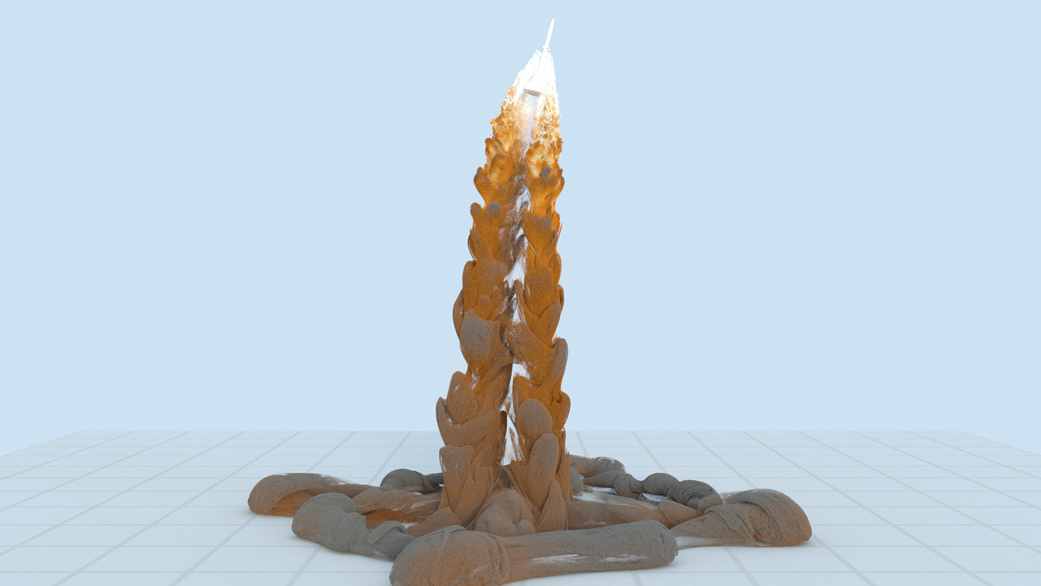During NASA’s Artemis missions, the Orion spacecraft will sit atop the most powerful rocket in the world to launch humans to deep space. Orion will carry the first woman and next man to the Moon by 2024 and return them safely back to Earth. An integral part of ensuring astronaut safety on these, and other human missions, is a launch abort system that can propel the crew module away from the rocket in a split-second, if a life-threatening event arises during launch.
The maneuver of such a system resembles the action of an “eject button” for a crew capsule, involving rapid acceleration and intense pressure waves. The waves emanate from the abort motor’s hot turbulent exhaust plumes, impinge on the crew capsule and can cause vibrations. Such vibrations need to be analyzed to ensure the system doesn’t shake itself apart. Direct measurements from flight tests — using sensors attached to the surface of vehicle — is the current gold standard. But the number of flight tests is limited by cost and safety considerations.
Researchers at NASA’s Ames Research Center in California’s Silicon Valley developed a new capability within their computational fluid dynamics software to predict the vibrational forces exerted on the surfaces of vehicles undergoing acceleration. Using data from previous flight tests, researchers are able to study, analyze and reduce uncertainty for abort scenarios that are difficult, dangerous or too expensive to perform in wind tunnel or further flight tests. This allows repeated tests and pushing the limits of vehicle failure, safely, on a supercomputer.
This image captures a moment from a simulation performed by Ames researchers of the Pad Abort 1 flight test of Orion’s Launch Abort System. During the 2010 flight test, the system fired off the launchpad and accelerated skyward to over 10 times the force of Earth’s gravity within half a second. After the researchers ran the simulation, they compared their results to the flight data. These data both validated the predictions of the software and also helped identify adjustments needed to improve the accuracy of further simulations.
The simulation was performed on the NASA Advanced Supercomputing Division’s Electra supercomputer. The technology is helping advance NASA’s missions by making it possible to run tests “in silico”, at lower cost and with faster turnarounds before flight, ultimately making NASA exploration systems safer.
NASA is showcasing 38 of the agency’s computational achievements at SC19, the international supercomputing conference, Nov. 18-22, 2019, in Denver, Colorado. For more technical information, visit: https://www.nas.nasa.gov/sc19.
For news media:
Members of the news media interested in covering this topic should reach out to the NASA Ames newsroom.
Visualization: NASA/Ames Research Center/Timothy Sandstrom, Cetin Kiris, Francois Cadieux, Michael Barad
Author: Gianine Figliozzi, NASA’s Ames Research Center





























